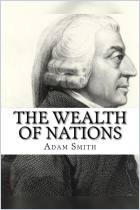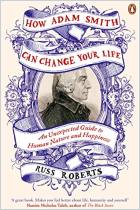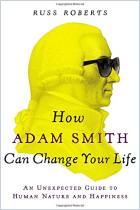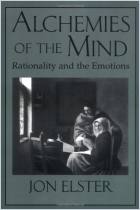Rejoignez getAbstract pour lire le résumé !

Rejoignez getAbstract pour lire le résumé !
Adam Smith
The Theory of Moral Sentiments
CreateSpace, 2016
Aperçu
Before he wrote about the invisible hand in economics, Adam Smith applied it to society and ethics.
Recommendation
“There is no such thing as society,” British prime minister Margaret Thatcher proclaimed in 1987, when Adam Smith’s invisible hand seemed to inspire her every policy. It wasn’t the first time that the Adam Smith problem arose: How do you square the apparent justification of selfishness that the Scotsman presented in his 1776 work, The Wealth of Nations, with the humanistic ethics of his 1759 text, The Theory of Moral Sentiments? In it, he argues that an individual cannot succeed without an equally prosperous society. And while he worries about “the success of the most ignorant quacks and imposters,” he truly believes in humanity’s potential to thrive.
Summary
About the Author
Adam Smith (1723 – 1790) was a Scottish moral philosopher who was influenced by the ideas of John Locke and David Hume. He is principally known for his work An Inquiry into the Nature and Causes of the Wealth of Nations, published in 1776, which established him as the founder of political economics.

















Comment on this summary